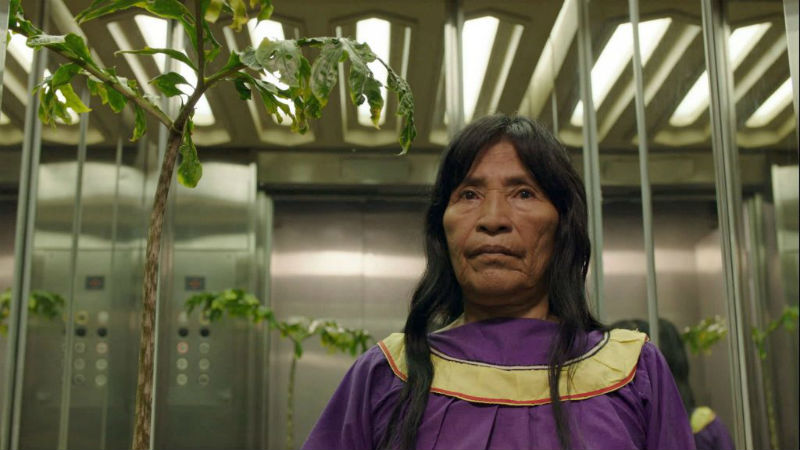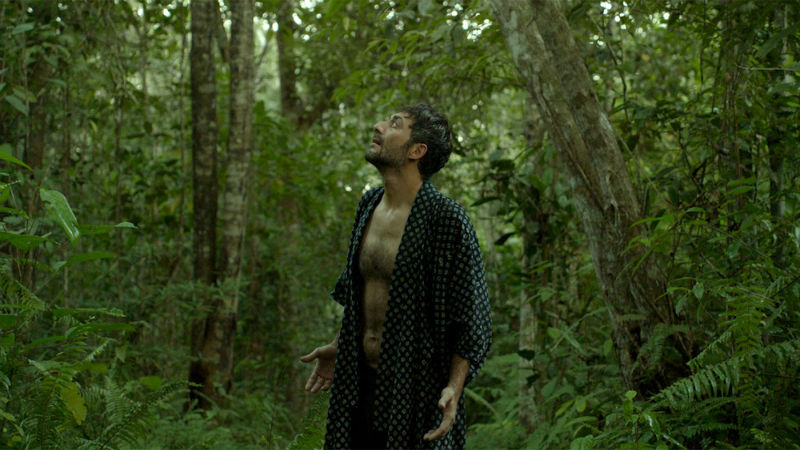Late British filmmaker Simon Hartog authored a documentary entitled Beyond Citizen Kane in 1993 denouncing the manipulative tactics of the Brazilian TV giant Rede Globo to the world. The film revealed that Globo has a firm grip – virtually a monopoly – over the Brazilian government, local politicians and, most importantly, the opinions of Brazilians. It supported the military coup of 1964 (when it was still a newspaper) and it grew because of its unequivocal support of the regime.
The title refers to the 1941 Orson Welles classic Citizen Kane, about the fictional media tycoon Charles Foster Kane. The character was based on the American publisher William Randolph Hearst, noted for creating yellow journalism, manipulating and exploiting the American press. To say that Globo manipulates the Brazilian press would be an understatement; instead they mandate how Brazilians should live and think. Its viewers are affectionately described as “globotomised”, in a reference to the old medical practice of inserting metal pins in someone’s brain in order to control it.
Globo was furious at the documentary, and it quickly moved its tentacles in order to prevent the film to be seen. The movie was first shown broadcast in the UK in September 1993 by Channel 4. This exhibition was delayed because Globo challenged the director’s right to use extracts from their programmes without permission, for the purposes of critical review.
The first public screening of the movie in Brazil was scheduled for March 1994 at Modern Art Museum in Rio de Janeiro, but the military police confiscated the film and movie posters the day before the screening. Rede Globo had filed a court suit in order to prevent the screening. A few universities, political groups and unions showed clandestine copies of the movie soon after, but it was not until the advent of YouTube that the film became easily accessible. It can be watched below in English (in four parts totalling 90 minutes), and there are also versions in Portuguese available online.
The Stalin of telecommunications
Beyond Citizen Kane reveals through a combination of extracts from Globo’s programmes, interviews with its former employees, Brazilian artists and politicians that the TV empire is highly authoritarian and immoral, and that it is never scared of lying in order to achieve its objective. Its journalism is highly irresponsible and superficial, yet very “slick and seductive”, conveying a “false sense of optimism”, like a “tranquiliser” for the millions of Brazilians toiling in inhuman conditions or even starving daily.
The politician Leonel Brizola, who became governor of Rio de Janeiro in 1982 despite Globo’s continuous efforts to prevent it, described the owner of TV Globo Roberto Marinho as “the Stalin of telecommunications”. The resistance musician Chico Buarque said that he is “more powerful than Kane”, and that no one in Brazil can take a decision without consulting him. He sums it up: “it’s scary”.
Only three TV networks in the world are bigger than Globo, all in the US, but none is as powerful – the movie also reveals. Globo had 15,000 employees at the time, almost the same size of the BBC, and it was never shy about flaunting its supremacy. It hired the country’s best artists and the quality of its content is always cutting-edge. A pundit succinctly described Globo: “it is a third world TV station with first-world requirements”.
The Globo newspaper benefited from its support to a military coup in 1964 and was given a TV concession the following year. It remained supportive of the dictatorship for its entire duration 20 years, until a civil president took office in 1985. It doctored the footage of an unexploded bomb inside a car in the 1970s in order to help the regime to blame the communists for a terrorist attack. It described the large street demonstrations asking for direct elections and the end of the military in the early 1980s as mere “street celebrations” without a purpose. During the large national strikes of the same decade, it removed the voices from the trade unionists, and only their bosses remained audible.
After the end of the military regime, Globo tried to redeem itself by opening doors to previously banned and exiled artists such as Chico Buarque and Gilberto Gil (pictured below). It even broadcast a TV series called ‘Rebellious Years’ celebrating those who opposed the dictatorship, but conveniently omitting its own continuous support of the regime.
In 1989, Globo doctored the summary of last debate before the second round of the first presidential elections in almost 30 years in favour of their right-wing candidate Collor. He was running against the left-wing metal worker and trade unionist Lula.
The documentary also examines the fascination behind Globo’s main programmes: the three daily soap operas, the daily news ‘Jornal Nacional’, the Sunday varieties show ‘Fantástico’, the Sunday talk show ‘Domingão do Faustão’, the children’s ‘Xou da Xuxa’. They are essential staples of Brazilian life, just like rice and beans.

The Empire Strikes Back
Globo has hardly changed its tactics since the British documentary was made more than 20 years ago. Even its main programmes remain the same, with the exception of now defunct ‘Xou da Xuxa’. Most significantly, the TV empire remains a sordid champion of government meddling, ready to topple a democratically-elected government at its convenience. They are now helping to stage and to legitimise a parliamentary coup to overthrow president Dilma Rousseff. Dilma is the successor of Globo’s old enemy Lula from the Workers’ Party PT. Together they have won four consecutive presidential elections, despite vicious and fierce opposition from Globo.
Globo has consistently failed to broadcast any corruption investigations against the rightwing party PSDB and the also former-PT-allies-turned-putschists PMDB, however blatant and serious the claim (such as the Odebrecht list and the Panama Papers). At the same time, they vigorously broadcast any corruption allegations against Lula and Dilma, however frivolous. Both Dilma and Lula (pictured below) do not face any corruption charges, while their opponents promoting the coups have a large list of graft cases against them, with multiple accounts in Switzerland often with eight-digit figures.
Globo also attempted to diminish the street demonstrations against the coup by simply failing to show them, or by broadcasting small concentrations of people. The putschist demonstrations received the opposite treatment, with detailed coverage and celebration of every little development, often with helicopters filming the action.
The British newspaper the Guardian published a piece earlier this month entitled ‘The real reason why Dilma’s enemies want her impeached’ by David Miranda, exposing many of the topics discussed in this article – click here in order to read the article. Globo’s billionaire heir João Roberto Marinho responded with anger by demanding his right to answer. The Guardian, however, snubbed Marinho and published his words in the comment section, instead of publishing an article.
The documentary Beyond Citizen Kane closes with the question “can Globo free itself from that [manipulative and deceitful] reality or should Brazil free itself from Globo”. Sadly it seems that neither one has happened yet.
There have been positive developments in the Brazilian media, though. Various independent media – particularly online – are now growing very fast as a reaction to the coup, and people are demonstrating and questioning the stance of Marinho’s empire. The picture illustrating this piece at the top was created by PIG, a parody political party which roughly translates as “putschist press party”, and it shows Globo’s logo against the word “golpe” (Portuguese for “coup”).
DMovies is a brand new portal discussing topics related to audacious and innovative cinema everywhere in the world. We strongly recommend that Brazilians and democracy-believers everywhere in the world watch Beyond Citizen Kane and reflect upon the role of media in government meddling.













